At some stage, we have all thought ‘why do I bother?’ after a tough day at the office (or virtual office). But, many will feel this far too often because they have no sense of purpose and feel disconnected from the work they do.
This is quite common, as Workforce Institute found 46% of those surveyed felt disconnected from their company.
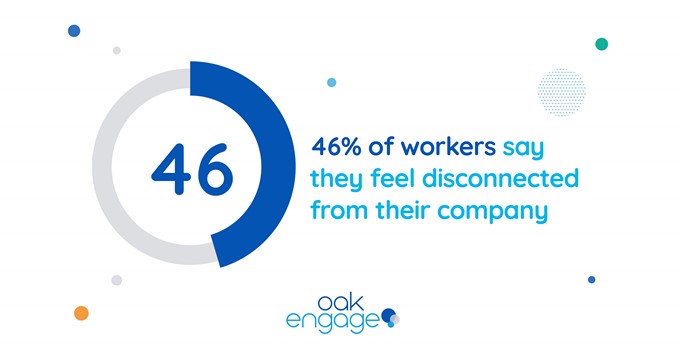
Employees need to know why they’re bothering to turn up every day or they will go through the motions. With a clear, emotive and compelling narrative, you can do that through your internal communications!
As kids, we played the superhero in our favourite stories or movies, but in work-life we need different kinds of heroes to identify with. Whether it be ourselves, a colleague or a manager, creating a narrative and an identity can help boost an employee's sense of purpose and pride.
In this blog, we will guide you through how to engage your staff through internal storytelling.
This will include:
- What is Internal Storytelling?
- Benefits of Internal Storytelling
- How to Implement Storytelling into Internal Comms.
What Is Internal Storytelling? (Video)
What is internal storytelling? Watch this video to find out.
Credit: Music By Bensound
Internal storytelling can help employees visualise themselves in the role they play or can play in the business, in a way that engages them. They or someone they identify with can be the protagonist.
Boring news and policy updates aren’t exactly going to entice your internal audience to read on. It’s time to captivate them in the form of storytelling.
You can do this through different approaches. These can be your own anecdotes or framing an employee(s) as the protagonist in the story and the obstacles your business faces as the enemy.
Benefits of Internal Storytelling
Watch this video to find out what benefits internal storytelling could have on your business..
Credit: Music by Bensound
85% of employees are most motivated when internal communications are effective. But, it can be tough to get through to people, especially if your correspondence is pretty monotonous. So make sure the way you communicate is going to make them sit up and take notice. Make it relevant to them.
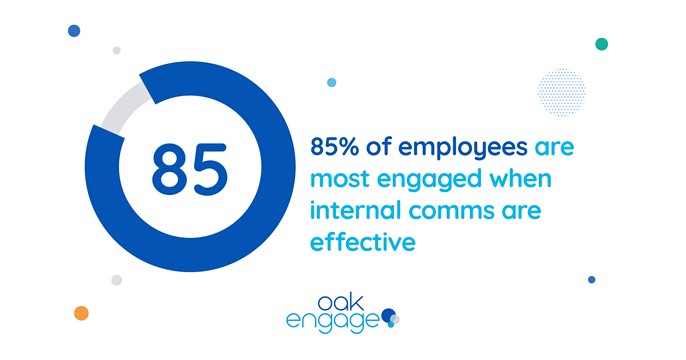
Storytelling can shape your internal communications strategy and make it much more effective.
Here are some of the benefits you will see when you incorporate storytelling into your internal comms function:
Refocuses Internal Comms
77% of executives say that they don’t focus on aligning employees’ goals with corporate purposes. Storytelling in your internal comms approach can help to make it more audience-focused and match their own story with the organisation.
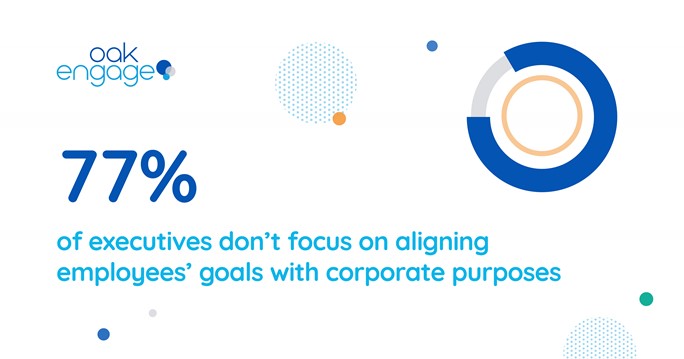
One of the points of storytelling is to help align employees with the business way of thinking. This can help you refocus your entire internal communications strategy to be more in line with what employees will actually engage with.
Drive Business Change
Digital transformation and change are evolving situations in many businesses. But implementing a new system or way of doing things requires people at the heart of it.
Technology might be key to change, but who is going to deliver it? Who is going to lead the change in processes. Above all, who can help influence colleagues that change is a positive thing?
Transformation journeys are one of the easiest things to frame within a narrative. You can show employees their role as the drivers of change that will revolutionise the business. This can help you stay on track with deliverables with a workforce that is eager to be part of the change.
Builds a Culture
When you frame your employees in your narrative, you can help shape the company culture you want. 88% of employees see culture as key to business success, so obviously it is something they value themselves.
Storytelling helps you take the lead on deciding what type of culture you want and making it integral to the story that you’re telling.
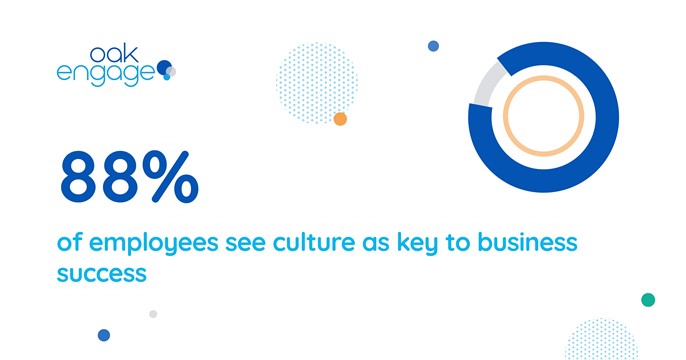
Buy-In From Your Employees
Internal storytelling helps employees visualise their own roles, but also the bigger picture in the organisation. It can help motivate them to contribute to the organisational strength goals of the company and understand where they fit into achieving this.
Showing the impact of an employee’s work is an important part of storytelling. Employees knowing their purpose is essential to engagement and buy-in. You can help employees understand the part they play through storytelling.
Helps You to Understand Your Employees Better
The benefits of internal storytelling are not just exclusive to employees. It also helps the organisation understand them on a more personal level.
When you construct a narrative you place yourself in the shoes of the workers and can make sense of the employee experience. You will be able to make changes on the back of this newfound understanding.
Storytelling provokes more emotion than generic internal comms and you can be more empathetic as a result.
How to Implement Internal Storytelling in Internal Communications
Now you know the benefits of internal storytelling, but how do you apply it to your internal comms? Watch our video guide..
Research Your Audience
The whole point of storytelling is to resonate with the reader. Like your external marketing, you need to do some research to understand your audience.
Firstly, establish the audience of your content. What will they find interesting? What type of content will resonate with them? What tone of voice suits the audience? If you can’t answer these questions then you can’t just dive into the world of storytelling.
Feedback sessions and employee surveys can give you insight into how to build your narrative.
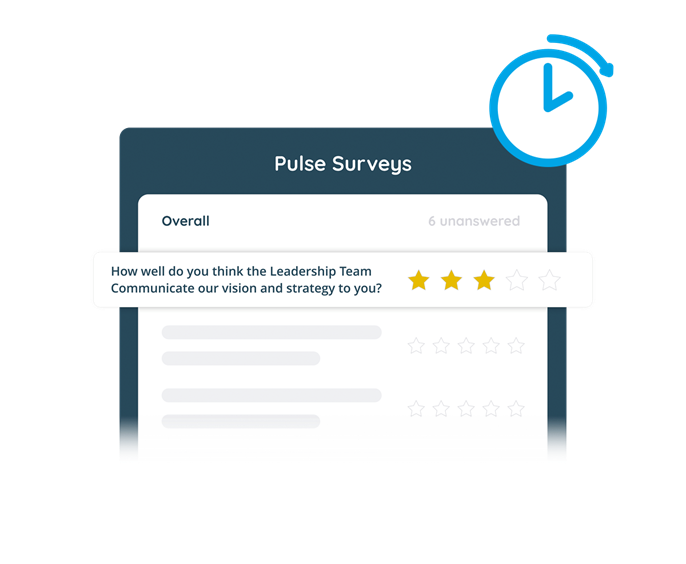
Recommended Reading 📖: Pulse Surveys: The Ultimate Beginners’ Guide
Use the Right Channels
Now you know your audience a bit better, are you reaching them in the right way? It’s one thing knowing what type of content will reach them, but it is pretty pointless if you don’t have the right tools.
Think about the demographics and make-up of your audience and you will be able to understand the most engaging way to communicate with them.
For example, Gen Z and millennial workers will find a social media style post to your company news feed more intuitive to the way they usually consume info. Maybe even a video post to your timeline to visualise it more.
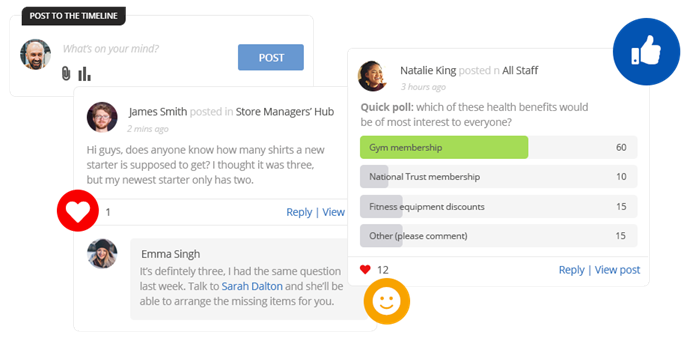
Some might find emails, company newsletters or other means a more engaging way of consuming content. Deskless workers will need content they can access from their mobile devices.
But generally, an accessible company social feed can be a great way of getting your story out there in a way that will engage with a modern workforce.
Be Honest
Stories give you the opportunity to be authentic. There are so many benefits that outweigh any deficiencies being highlighted.
Being honest about shortcomings or failings help to make what you say more credible. These shortcomings can also help frame how the employee can become the hero and battle to save the business from its problems. Use them to your advantage!
Being honest will help you shape how employees see the business problems but also help to control any negativity that might be reported externally or in internal circles. It’s a powerful storytelling tool in itself and can make people see the business in a different way.
Involve Leadership
Different companies will have different types of face time between leadership and employees. Some will have more contact with management than others. From ‘town halls’, Q&As or just a monthly newsletter/email.
This is becoming a priority, as 78% of business leaders are focused on improving their engagements with employees. Storytelling is key for leadership to relate and be relatable.
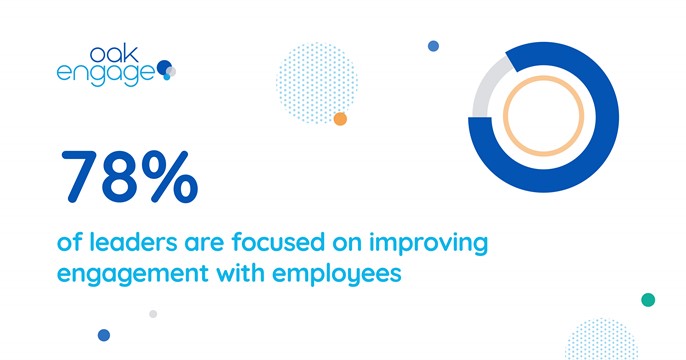
For example, a female director or CEO can talk about their own journeys and hurdles they have faced in their career. Female employees may be able to relate to this.
Leadership should use their own experiences in storytelling. Bring out the personal side of management.
Variation
Storytelling is a creative art and doesn’t have to follow an exact structure every time. You can use it to convey all your internal comms if you wish!
Whether it’s customer case studies, CEO or company updates you can mould your content into a compelling story and make your internal comms more engaging as a whole.
The format of your comms should also be varied. Don’t just post paragraph after paragraph of text to your feed. Look at multimedia options like images, videos and podcasts to be even more engaging. All of these you can post to your Oak social feed.
The only limit is your imagination…
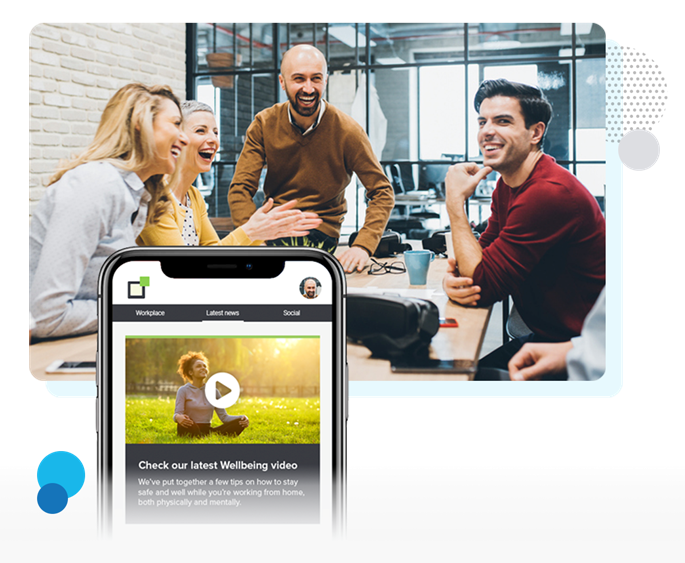
Storytelling is a great way to bring your internal communications to life. Remember how compelling storytime was as a child, hearing about protagonists defeating evil.
The nature of being compelled by stories is inherent in us from childhood but never leaves us.
We hope this guide can help bring the wonder of stories into your internal communications.
Recommended Reading 📖: Internal Communications Metrics [For ICs & Managers


![Internal Storytelling: A Guide for Internal Comms [With Video Guides]](/media/4jzebhm1/stock-10.jpeg?width=50)
